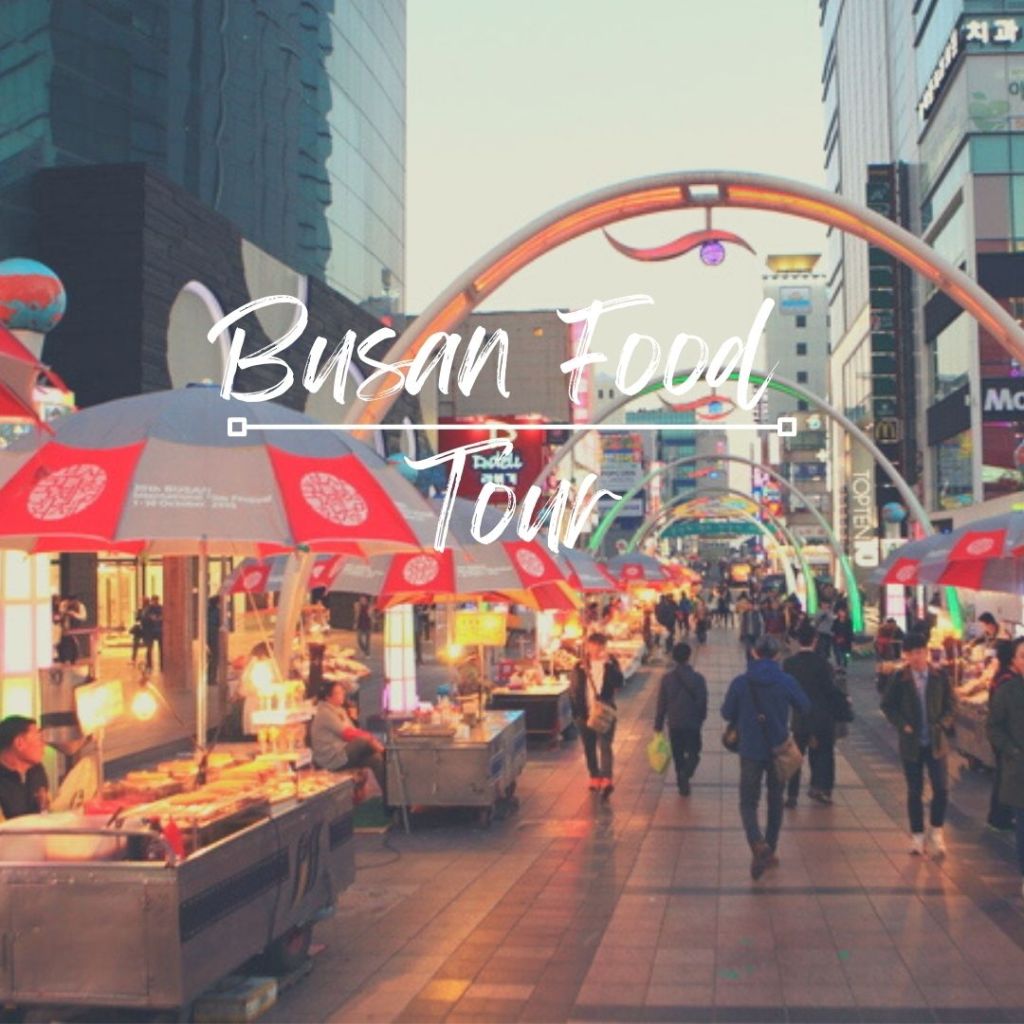Busan is South Korea’s second largest city, after Seoul. It is a popular tourist attraction known for its beaches, nature reserves, fresh seafood, and mountains. While Seoul is a busy city bustling with transportation and people, Busan in comparison is more relaxed and closer to nature. This makes Busan the perfect place for people both foreign to Korea and living in Seoul to go on vacation. What better way to enjoy your vacation than relaxing on the beach and eating good food? Speaking of food, Busan is home to some of the most delicious dishes. Because it is located near the waters, Busan offers some of the freshest seafood. They also have many signature foods other than seafood. Today, I will be taking you on a tour of some of Busan’s most famous foods.
Busan Eomuk (Fish Cake)

If you are familiar with Korean food, you probably know what eomuk, or fishcakes, are. For those of you unfamiliar though, eomuk is ground fish mixed with starch and seasoning, fried until golden. It is commonly eaten with tteokbokki, which are spicy Korean rice cakes. Busan eomuk is made with fresh fish caught from the waters of Busan. You can find them at one of Busan’s many street markets. I personally love eating them piping hot on a rainy day, but they can be enjoyed anytime of the year.
Mul-tteok (Water Rice Cakes)

Mul-tteok, or water rice cakes, are found only in Busan. They are long cylindrical sticks of rice cakes, that are submerged in water to create the softest, chewiest, most heavenly texture. They can typically be seen sold along side the eomuks in street markets. One tip is that when you are at a mul-tteok vendor, they typically have squirt bottles of soy sauce for you to have with your rice cake. The mul-tteok is given to you with a little paper cup, and you pour soy sauce into the cup and then dip your rice cake in it. Mul-tteok is definitely not something you want to miss when you go to Busan.
Seed Hotteok

Busan’s seed hotteok is different to the regular hotteok that can be found anywhere in Korea. It is generously filled with a medley of seeds, such as sunflower and pumpkin seeds. It is also fried in a deeper amount of oil than regular hotteok, giving it an extra-crispy texture. As someone who loves hotteok, nuts, and seeds, this is one of my favourite foods in Busan. They are also quite cheap, with prices ranging from one to two dollars for one.
Hoe (Raw Fish)

Ah, yes. You simply cannot visit Busan without trying some of their fresh, delicious hoe (pronounced “hway”). Often times people are skeptical of eating raw fish for safety reasons. However, there is no need to worry, as Busan’s hoe is locally sourced, ensuring the freshest selection. There are also many different kinds of seasonal fish. To be honest, I used to only eat salmon hoe. As I grew up though, I expanded my tastes to try other types of raw fish. In Busan, you can enjoy countless different kinds of fish, some of which you may never even have heard of!
Nakgopsae

Nakgopsae is a combination of nakji (squid), gopchang (cattle intestine), and saewoo (shrimp), which explains the name, brought together in a bubbling hot jeongol (Korean hot pot). This might sound like a handful, but the combination is insanely good. It has a spicy base, and you can get it with your choice of rice or ramen noodles. It is very popular to create a sort of bibimbap with your rice and the nakgopsae by mixing it all together. Well-deserved its fame, this dish is a must-try.
Milmyeon

Milmyeon is similar to Korea’s famous naengmyeon, which are cold buckwheat noodles. However, while traditional naengmyeon is made with potato or sweet potato starch, Busan’s milmyeon is made from flour. It provides a different texture, one that is more thick and chewy. The noodles are topped with a spicy sauce, and usually garnished with cucumbers, seaweed, and a hard boiled egg. While this dish might sound simple. it is one that has been enjoyed throughout many generations.
If you plan on travelling to Busan anytime soon, I hope this post brought you a sense of some of the delicious food Busan has to offer. Even if you’re not visiting Busan anytime soon, I hope you enjoyed reading about Busan’s signature dishes. Let me know if you try some of these dishes!
Original article can be found here
